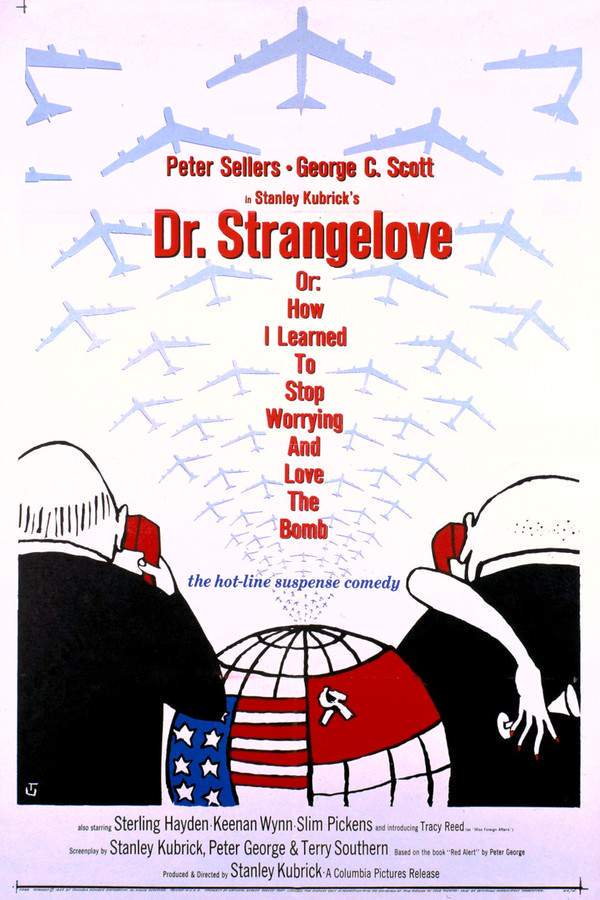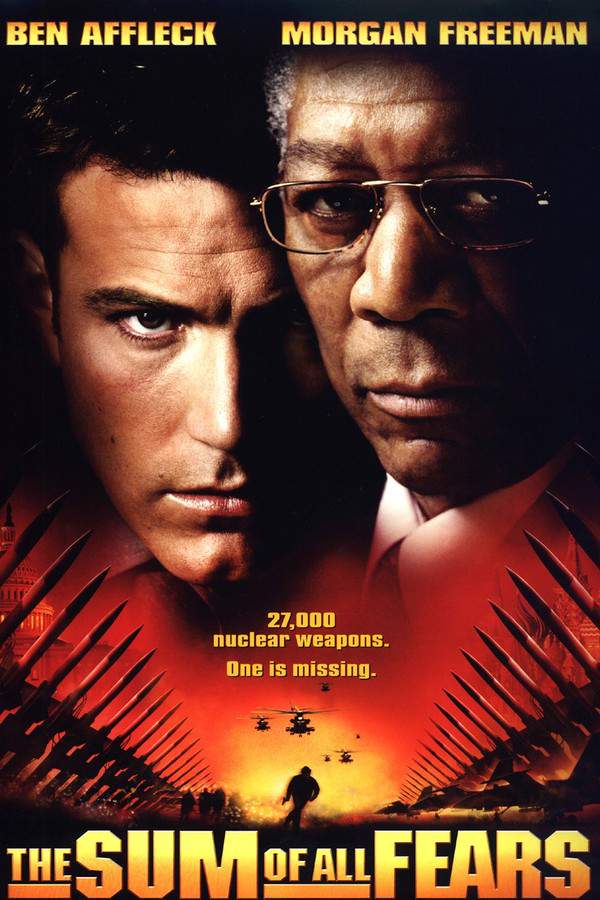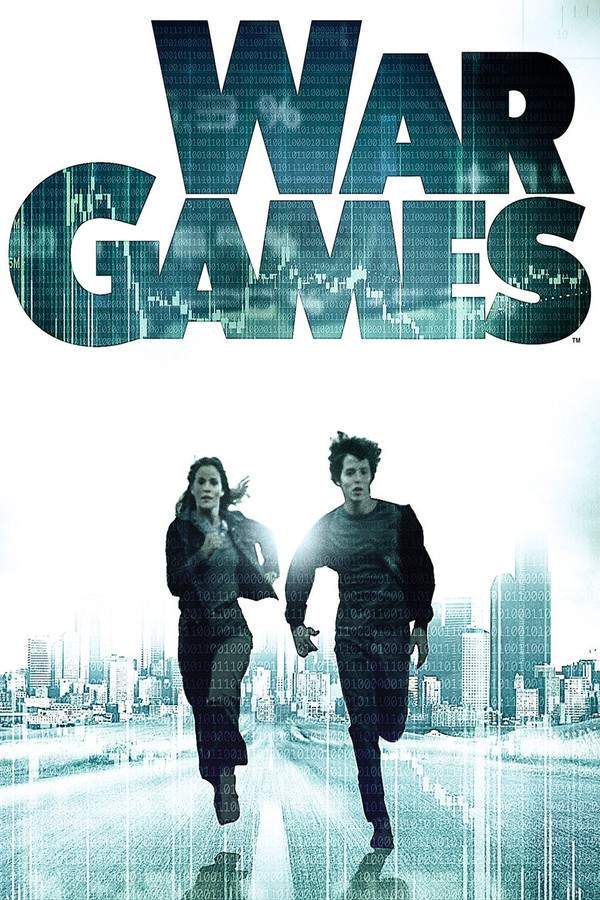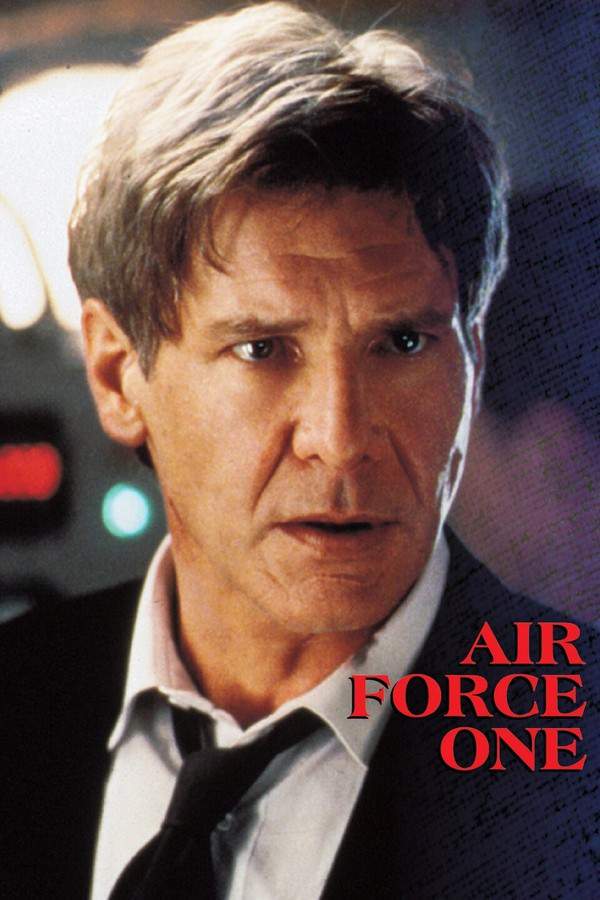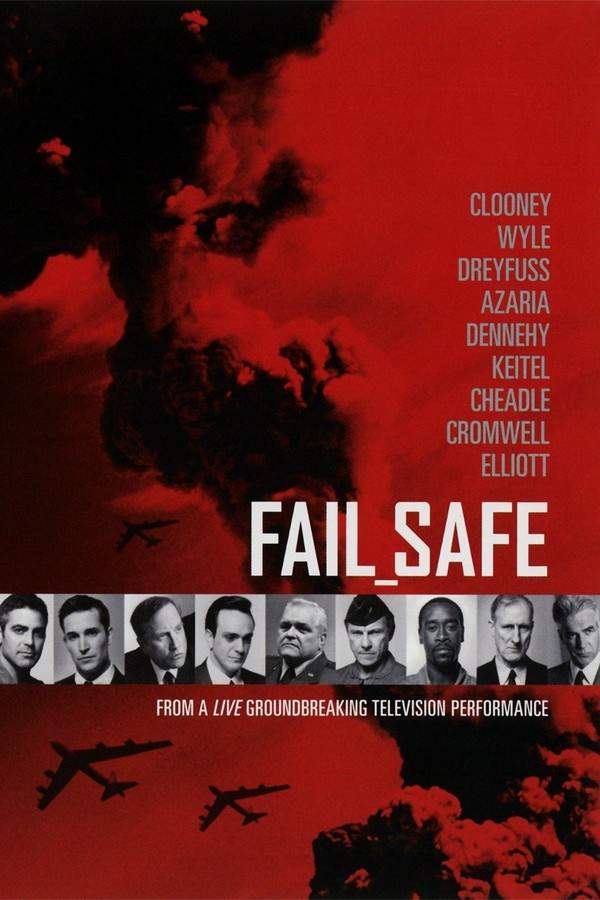
Fail-Safe 1964
Directed by

Sidney Lumet
Made by

Columbia Pictures
Test your knowledge of Fail-Safe with our quiz!
Fail-Safe Plot Summary
Read the complete plot summary and ending explained for Fail-Safe (1964). From turning points to emotional moments, uncover what really happened and why it matters.
Warren Black, a tormented soul residing in the heart of New York City, is haunted by recurring nightmares that revolve around a bullfight, always culminating in a piercing shriek that leaves him in distress. These chilling dreams not only nag at his subconscious but also fuel his self-doubts regarding his position as a Brigadier General in the U.S. Air Force, where he is tasked with overseeing nuclear weaponry. His internal struggle accentuates the gravity of his role and the heavy responsibility that comes with it.
On another front, we meet Walter Groteschele, an audacious professor who challenges conventional wisdom about nuclear warfare. He posits that the prevalent belief that any nuclear confrontation will lead inevitably to total annihilation is fundamentally flawed. With his bold theories, Groteschele serves as a civilian advisor to the Defense Department, closely working alongside Defense Secretary Swenson.
In the hierarchy of military command, Frank Bogan, the commanding general of Strategic Air Command, exhibits unwavering confidence in the sophisticated technology at his disposal. This confidence propels him to organize an impromptu tour of the SAC headquarters for Congressman Hubert Raskob. However, it requires the abrupt interruption of his executive officer, Colonel Warren Cascio, who is caught off guard while visiting his father, a beleaguered alcoholic living in a disheveled basement apartment.
Colonel Jack Grady, another key figure in this unfolding drama, leads Group Six, a squadron equipped with the formidable Vindicator nuclear bombers. These supersonic jets, an evolution of the B-58 Hustler from the late 1950s, are stationed near Anchorage, AL. Grady and fellow pilot Billy Flynn cannot help but debate the proficiency of their younger comrades, who often seem more reminiscent of machines rather than seasoned pilots like those from the Second World War.
Trouble brews when an unexpected computer malfunction strikes at SAC headquarters during a routine replacement of a faulty component. This temporary glitch causes the mainframe to freeze, creating a ripple effect. Unfortunately, as these technical difficulties unfold, the Fail-Safe box aboard Group Six inadvertently activates. To make matters worse, Soviet forces begin jamming their communication systems. With the fail-safe signal validated, Grady and his crew are led to a terrifying conclusion: a nuclear war has commenced, compelling them to carry out their final directive—an offensive on Soviet Russia from the North Pole.
Amidst this chaos, the President of the United States finds himself thrust into an urgent crisis. He and his translator, Peter Buck, scramble to the White House’s underground command bunker, where they have access to a “Hot Line” that connects directly to the Soviet Premier. As Buck interprets the dialogue, the tension escalates with the realization that every second counts. Enveloped in the unfolding drama, the President, Secretary of Defense, and General Frank Bogan must formulate a desperate plan to avert complete disaster and halt Group Six’s dangerous mission.
However, the pilots of Group Six are bound by their unwavering orders—even when the President urgently seeks answers regarding the jamming of their radios. Initially met with deception from the Soviet authorities, the Premier eventually concedes the truth. Yet, when the President attempts to persuade Group Six to stand down, he encounters monumental resistance. In a startling turn of events, a direct communication line to the Soviet air defense headquarters is established, and General Bogan is forced to engage one of his technical sergeants to share vital information about how to disarm nuclear missiles, setting the stage for an unprecedented showdown.
As the deadly Vindicator bombers race toward Moscow, the stakes surge to an unbearable height. The President finds himself negotiating with the Soviets—creating a proposal so shocking it leaves even the Soviet Premier reassessing the chaos unfolding. With the horrifying reality of an imminent catastrophe hanging in the balance, the President’s efforts echo a desperate plea for sanity—hoping against hope to avert an impending omnicide that looms dreadfully on the horizon.
Fail-Safe Timeline
Follow the complete movie timeline of Fail-Safe (1964) with every major event in chronological order. Great for understanding complex plots and story progression.
Warren's Nightmares Begin
Warren Black, a Brigadier General in the US Air Force, experiences a recurring nightmare about a bullfight. The dream ends with a piercing shriek that haunts him, leading to deep doubts about his role in managing nuclear weapons.
Introduction of Walter Groteschele
Walter Groteschele, a civilian professor, offers controversial views on nuclear warfare. He challenges the widely held belief that any nuclear exchange would lead to global annihilation, providing a different perspective to the Defense Department.
Frank Bogan's Command
Frank Bogan, the commanding general of Strategic Air Command, showcases the military's advanced technology during a short-notice tour for Congressman Hubert Raskob. This tour requires him to urgently pull Colonel Warren Cascio away from a family visit.
Colonel Grady's Leadership
Colonel Jack Grady leads Group Six, a squadron of Vindicator nuclear bombers based in Anchorage, Alaska. As he and his wingman, Billy Flynn, discuss their fellow pilots, they notice a troubling difference between modern aviators and those from World War II.
Computer Malfunction at SAC
A routine replacement of faulty control equipment at SAC headquarters leads to unforeseen consequences. The replacement momentarily freezes the mainframe, which inadvertently activates the Fail-Safe box aboard the bombers of Group Six.
Radio Jamming by Soviet Russia
Simultaneously with the computer issues, Group Six’s radios are jammed by Soviet forces. The crew, believing that nuclear war has commenced, receives the fail-safe signal and is compelled to follow their final orders to attack Soviet Russia.
The Presidential Dilemma
The President of the United States, accompanied by translator Peter Buck, descends into the White House command bunker to address the escalating crisis. They prepare to communicate with the Soviet Premier to prevent catastrophic retaliation.
Commands and Miscommunication
Despite the President's efforts to stop Group Six, the pilots remain steadfast in their orders due to the belief that outside communications may be disinformation. This disconnect escalates the threat of an imminent nuclear attack on Moscow.
Soviet Lies and Evasion
When the President questions the Soviet Premier about the radio jamming, the initial response is a denial. This lack of communication further complicates attempts to dissuade Group Six, exacerbating the ticking clock toward disaster.
Linking to Soviet Air Defense
A direct communication line to Soviet air defense is established, prompting General Bogan to instruct a technical sergeant on how to detonate air-to-air missiles. This drastic measure is undertaken in a bid to eliminate the threat posed by Group Six's approaching bombers.
President's Proposal to the Soviets
Faced with the grim likelihood of nuclear catastrophe, the President makes a shocking proposal to the Soviet Premier. This deal is so unexpected that it jolts the Premier into realizing the gravity of the situation, as both leaders strive to prevent omnicide.
Resolution of Tensions
The intense negotiations and desperate measures taken by both the United States and Soviet leaders reflect the high stakes of the moment. Their mutual recognition of the unintended nature of the crisis leads to a temporary resolution, averting disaster.
Fail-Safe Characters
Explore all characters from Fail-Safe (1964). Get detailed profiles with their roles, arcs, and key relationships explained.
Warren Black
Brigadier General Warren Black is a military officer plagued by doubts regarding his responsibilities and the ethical implications of his role in nuclear weapons management. His recurring nightmares symbolize the personal conflict he faces amidst the backdrop of imminent disaster. Black's character encapsulates the intense psychological strain experienced by military leaders during the Cold War.
Walter Groteschele
Professor Walter Groteschele offers unconventional views on nuclear warfare, challenging prevailing assumptions about mutually assured destruction. His role as a civilian advisor demonstrates the intersection of academia and military policy during a tense period in history. Groteschele adds depth to the debate on nuclear strategy with his audacious ideas.
Frank Bogan
General Frank Bogan leads the Strategic Air Command with confidence in his technological tools. His character represents the military's faith in its arsenal, even as the stakes escalate. Bogan is central to the unfolding crisis, balancing his duty and the reality of a possible nuclear catastrophe.
Jack Grady
Colonel Jack Grady commands a squadron of nuclear bombers, embodying the modern warfare mentality. He grapples with his crew's mechanical approach to piloting, reflecting a loss of humanity in military operations. Grady's leadership is put to the test as he navigates the tension between orders and morality.
Fail-Safe Settings
Learn where and when Fail-Safe (1964) takes place. Explore the film’s settings, era, and how they shape the narrative.
Time period
The movie reflects a tense period during the Cold War, characterized by the threat of nuclear warfare between the United States and the Soviet Union. This era was marked by the constant fear of annihilation through a nuclear exchange, influencing military and political strategies.
Location
New York City, Soviet Russia, Anchorage
The movie primarily takes place in New York City where key political figures make critical decisions. Anchorage serves as the base for the Vindicator nuclear bombers, a pivotal location for military operations. Soviet Russia is a significant backdrop as the conflict escalates, representing the tension of the Cold War.
Fail-Safe Themes
Discover the main themes in Fail-Safe (1964). Analyze the deeper meanings, emotional layers, and social commentary behind the film.
🌍
Nuclear War
The theme of nuclear war is central to the film, exploring the precarious balance of power during the Cold War. It raises questions about the morality of military decisions as well as the catastrophic consequences of technological malfunctions. The narrative illustrates the fragility of human oversight in an era dominated by fear and misunderstanding.
⚠️
Crisis Management
Crisis management plays a critical role as the characters rush to avert an impending disaster. The film highlights the high-stakes tension of decision-making under pressure and the ethical dilemmas faced by leaders. It emphasizes the reliance on communication and the dire consequences of miscommunication during a national emergency.

Coming soon on iOS and Android
The Plot Explained Mobile App
From blockbusters to hidden gems — dive into movie stories anytime, anywhere. Save your favorites, discover plots faster, and never miss a twist again.
Sign up to be the first to know when we launch. Your email stays private — always.
Fail-Safe Spoiler-Free Summary
Discover the spoiler-free summary of Fail-Safe (1964). Get a concise overview without any spoilers.
In the tense, steel‑clad world of the early Cold War, a routine maintenance glitch sets a terrifying chain of events into motion. A U.S. strategic bomber squadron, equipped with the newest nuclear‑capable Vindicator jets, is inadvertently cleared for a mission that could ignite a global conflagration. From the vaulted halls of Strategic Air Command to the stark confines of an underground White House bunker, the film watches the fragile safety nets of a superpower begin to fray, underscoring how a single technical failure can loom larger than any enemy fleet.
The story follows Warren Black, a tormented Brigadier General haunted by recurring nightmares that mirror his growing doubts about the weight of his nuclear responsibilities. Beside him, Walter Groteschele, an unconventional civilian adviser, challenges the prevailing doctrine of mutually assured destruction, injecting a nervous, intellectual tension into the high‑stakes decision‑making. Frank Bogan, the confident commander of the Strategic Air Command, organizes a showcase for a visiting congressman, oblivious to the machinery’s hidden fault, while his executive officer Colonel Warren Cascio wrestles with personal turmoil that mirrors the larger national crisis.
The pilots at the heart of the potential disaster are led by Jack Grady, a seasoned commander of Group Six, and his wingman Billy Flynn, whose camaraderie and old‑school bravado contrast sharply with the sleek, automated systems they trust. When the fail‑safe signal is mistakenly activated, the president and his inner circle—interpreted by Peter Buck—are thrust into a high‑octane, claustrophobic race against time, their deliberations echoing through a stark, humming hotline that links Washington to Moscow.
Through a tightly woven blend of procedural dread and human frailty, the film paints a portrait of an era where the line between control and chaos is razor‑thin. The atmosphere is relentlessly tense, the dialogue laced with sober humor, and the characters’ internal conflicts amplify the ever‑present threat of an accidental apocalypse, leaving the audience to wonder whether bureaucracy or bravery will ultimately steer the world away from the brink.
Can’t find your movie? Request a summary here.
Movies with Similar Twists and Themes
Uncover films that echo the narrative beats, emotional arcs, or dramatic twists of the one you're exploring. These recommendations are handpicked based on story depth, thematic resonance, and spoiler-worthy moments — perfect for fans who crave more of the same intrigue.
Featured on this page

What's After the Movie?
Not sure whether to stay after the credits? Find out!
Explore Our Movie Platform
New Movie Releases (2025)
Famous Movie Actors
Top Film Production Studios
Movie Plot Summaries & Endings
Major Movie Awards & Winners
Best Concert Films & Music Documentaries
Movie Collections and Curated Lists
© 2025 What's After the Movie. All rights reserved.


